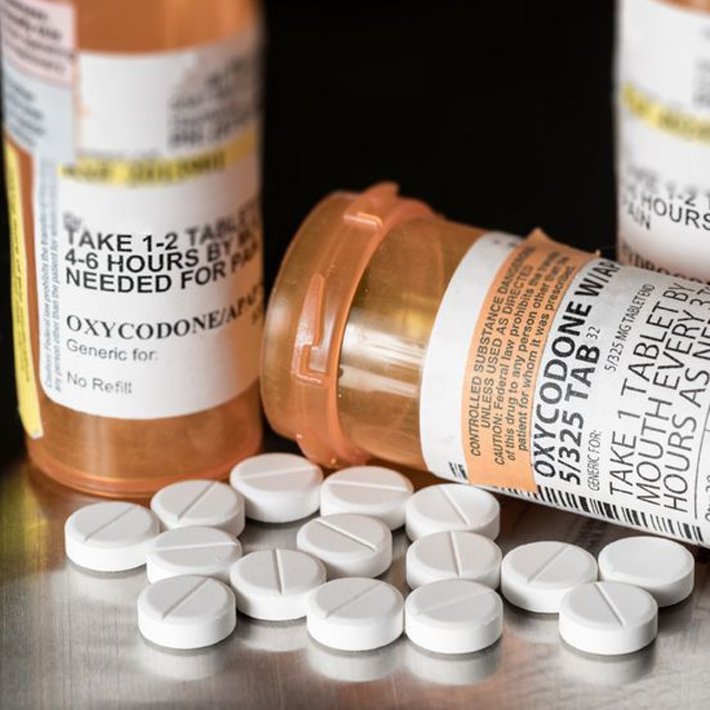OxyContin at the Top for Addictive Pharmaceuticals

To understand the drug problem our nation is faced with, one has to be ready and willing to face some facts that might be most unpleasant. But facing the truth about drugs and the truth about 21st-century drug addiction is something we all must do if we are going to get a handle on this problem. Currently, the United States is suffering from the worst addiction epidemic in recorded history, a drug problem that has all but overwhelmed millions of citizens.
When we have a heart-to-heart about drugs and alcohol, it’s important to understand that this problem is primarily a prescription drug problem. Ouch. Yes, the truth hurts, but we all need to come to terms with the fact that prescription drug abuse is the number one drug problem that we need to work on. And when it comes to prescription pharmaceuticals, OxyContin is the most heavily abused of them all.
OxyContin; Twenty-Three Years of Addiction and Death
OxyContin is one of the most popular and equally controversial painkiller drugs ever to exist. Purdue Pharma pioneered and released OxyContin in 1995, and the highly addictive drug has made the company more than thirty-five billion dollars in sales since then. While Purdue Pharma promised that the drug was not addictive, the company has had to pay out tens of millions of dollars in lawsuit money for the company’s hand in causing the very opioid epidemic that our country is now trapped in.
OxyContin is a Schedule II controlled substance. That means that, while the DEA accepts that the drug has some medical use, the substance is also highly mind-altering and habit-forming. According to the National Survey on Drug Use and Health, more than four million Americans are currently abusing OxyContin, the largest number of addicts in the entire country to be hooked on just one drug.
OxyContin, Opioids, and Young Adults

According to the Monitoring the Future Survey, though teens and young adult populations have been steering away from illegal street drugs for almost three decades now, prescription drug abuse is a skyrocketing problem for this demographic. According to the research, More than twenty percent of teenagers will have self-medicated on a prescription drug at least once before finishing high school. After marijuana, opioid painkillers are the most commonly used substance amongst young people.
The National Institute on Drug Abuse shares a great deal of information with us on teen and young adult substance abuse trends. According to their information, one in nine teens abuses prescription drugs with some regularity. Young people are becoming fascinated with prescription drugs because they do not see attendant risk along with such medicines as they do with narcotic street drugs. Unfortunately, pharmaceuticals still lead to devastating complications, addiction, and even death.
Reversing the Trend
There are four, simple strategies that we can start working on immediately to reduce OxyContin abuse. These are:
- Hold Purdue Pharma accountable for making the single most popular and addictive pharmaceutical drug to date. Several million dollars in lawsuit fines is not going to cut it. That is a slap on the wrist to a multi-billion dollar drug magnate like Purdue. We need to enforce actual change in that company.
- Educate people of all ages as to the risks attendant with prescription drugs, especially opioid painkillers and psychotropic medications. Get people to understand the true risks involved so they will not be peer pressured into abusing such substances.
- Rehabilitate those poor souls who are currently addicted to prescription drugs with the help of inpatient drug treatment centers.
- Support and utilize non-addictive forms of pain relief, such as holistic treatments, alternative remedies, and non-opioid pain relief practices.
The OxyContin problem will go away, but not until we all come together and insist that it does. The above four steps are the first we need to take in ensuring a better future for our young ones and old alike.
Sources:
- https://www.drugabuse.gov/related-topics/trends-statistics/infographics/prescription-drug-abuse-young-people-risk
- https://www.drugabuse.gov/publications/principles-adolescent-substance-use-disorder-treatment-research-based-guide/frequently-asked-questions/what-drugs-are-most-frequently-used-by-adolescents
- https://www.samhsa.gov/data/sites/default/files/NSDUH-FFR2-2015/NSDUH-FFR2-2015.htm


